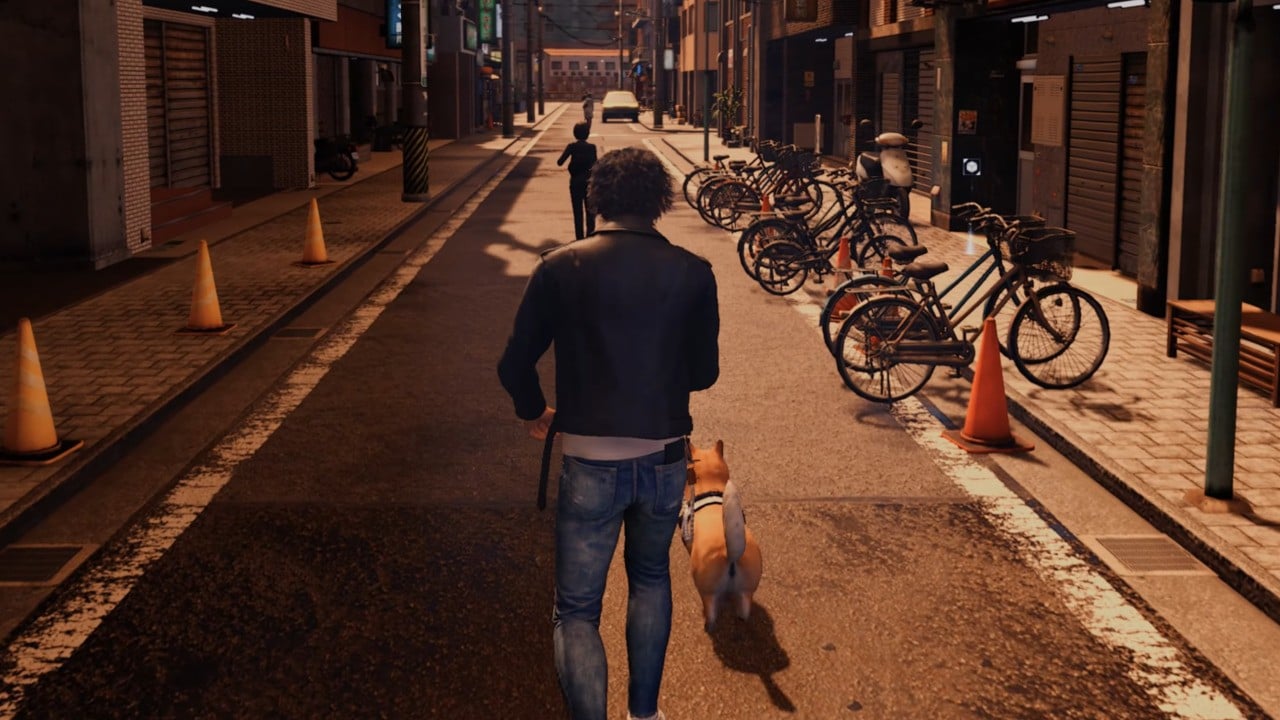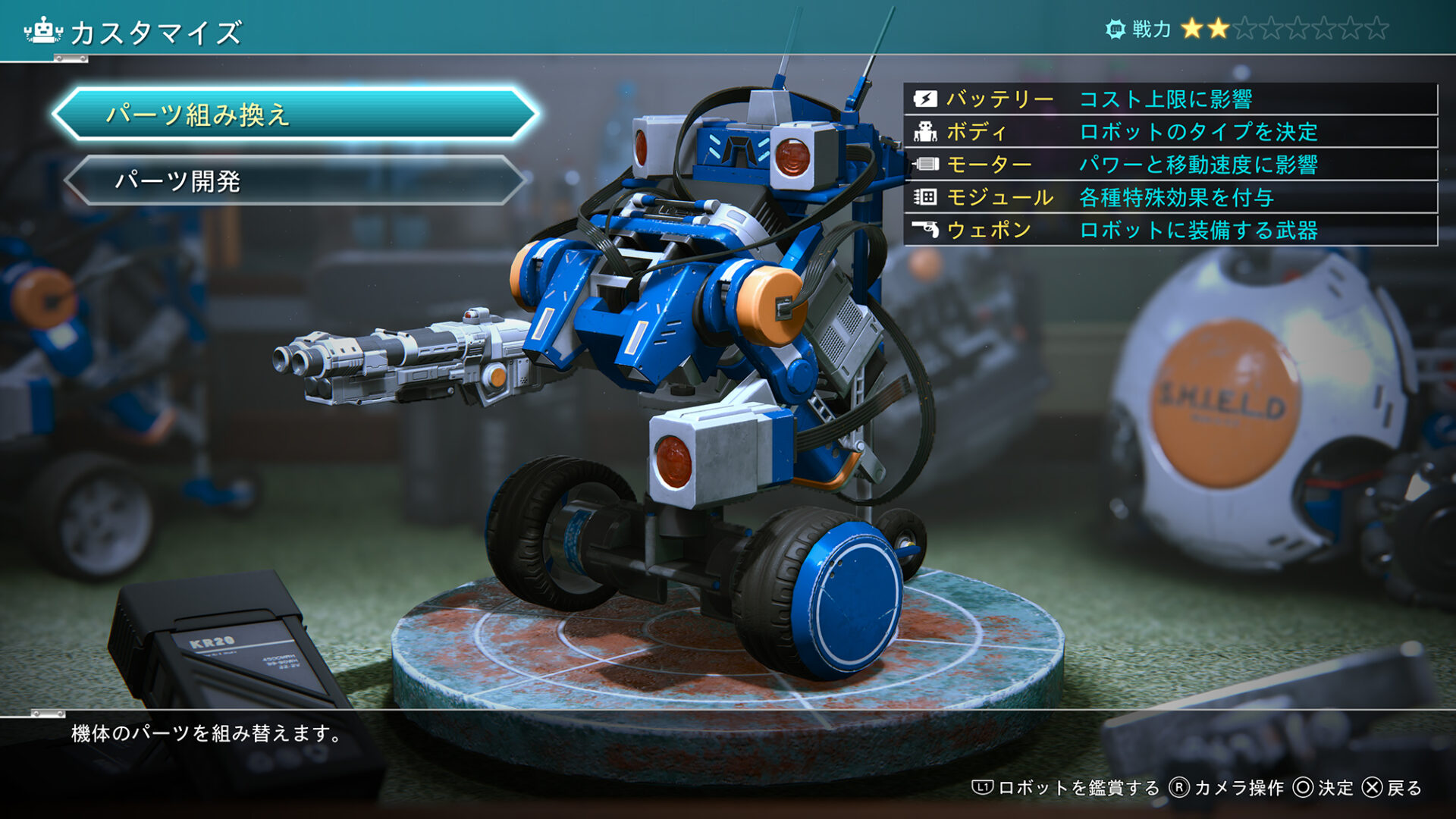

#LOST JUDGMENT ROBOTICS MANUAL#
In an era of increasingly high-tech innovation, the story has gone something like this: machines have become smarter, no longer simply displacing manual work but threatening skilled and service work alike. But Benanav and Smith seek to recover Solow’s insight, which upends several tenets of mainstream automation theory.īenanav, an economic historian based in Berlin, begins by surveying the field. (In 1982, Time named the computer Machine of the Year.) Typically, the paradox is ascribed to inadequate data tracking, or to new technology taking a while to be integrated into the workplace. In 1987, the economist Robert Solow quipped, in the Times, that “you can see the computer age everywhere but in the productivity statistics.” Solow observed this “productivity paradox” at a moment when America was rapidly deindustrializing, despite a spate of advancements in information technology. If automation is on the rise, why are its fruits so hard to find? The reality is that, from an economic perspective, it hasn’t been working for a while now.

In fact, we are living not so much in the dawn of peak automation as in something like its long, drawn-out twilight.

The future might have fewer jobs, but it probably won’t be because of robots. Smith’s “ Smart Machines and Service Work: Automation in an Age of Stagnation” (Reaktion) remind us, talk of automation is hardly new, dating as far back as 1835, when the Scottish theorist Andrew Ure praised “the automatic factory.” Both books cite a range of writing on automation, positive and critical, to present a different view of our moment. As Aaron Benanav’s “ Automation and the Future of Work” (Verso) and Jason E. Two recent books suggest that we shouldn’t believe the hype. Are robots really, finally, going to replace us? (Think of the birth of the personal computer, or, more recently, of the rise of Amazon.) COVID-19 only intensified this anxiety, as labor shortages, and the pressure to keep people safe, gave companies new opportunities to automate. Such talk frequently swells in moments of technological innovation. Popular discourse alternates between a vision of benevolent machines-ones that could, say, carry out dangerous or gruelling tasks-and one of job-stealing robots. Automation looks a little different these days, but the rhetoric around it remains basically the same. As new technology made factory work more efficient, it also rendered factory workers redundant, often displacing them into a growing service sector. Harder was mostly talking about the automatic transfer of car parts between machines, but the concept soon grew legs-and sometimes a robotic arm-to encompass a range of practices and possibilities.įrom the immediate postwar years to the late nineteen-sixties, America underwent what we might call an automation boom, not only in the automotive sector but in most heavy-manufacturing industries. In the late nineteen-forties, Delmar Harder, a vice-president at Ford, popularized the term “automation”-a “nickname,” he said, for the increased mechanization at the company’s Detroit factory.


 0 kommentar(er)
0 kommentar(er)
